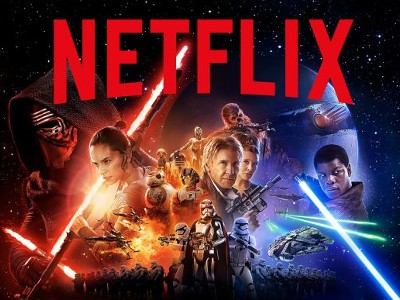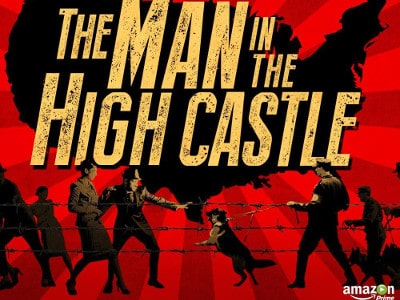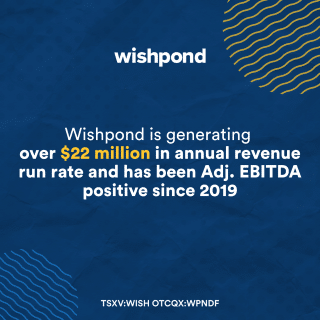
 Not quite two years ago, Rogers and Shaw jointly announced the launch of their hoped-for Netflix killer, a competitively priced streaming service called shomi. Today, it was announced that shomi would unceremoniously shut down on November 30.
Not quite two years ago, Rogers and Shaw jointly announced the launch of their hoped-for Netflix killer, a competitively priced streaming service called shomi. Today, it was announced that shomi would unceremoniously shut down on November 30.
Maybe it was shomi. Or maybe the economics of streaming television are artificially distorted by the presence of Netflix, who themselves are still searching for profitability as they burn money flying down a runway that they hope doesn’t run out any time soon.
Rogers will be writing shomi off as a loss, having spent $100-$140 million on the service during Q3 2016.
“We tried something new, and customers who used shomi loved it. It’s like a great cult favourite with a fantastic core audience that unfortunately just isn’t big enough to be renewed for another season,” said Rogers Senior Vice President of Content, Melani Griffith. “We will be reaching out to eligible customers in the coming days as we have a wide range of premium experiences available for people to enjoy.”
Ah, yes, the appeal of the “cult favourite”, as if shomi was The Wire, or The Prisoner or Twin Peaks, or some other critically acclaimed show that wasn’t particularly popular during its actual lifetime but ended up gaining a small but dedicated following decades later.
Somehow, though, unlike Twin Peaks, you can’t really imagine shomi making a comeback due to overwhelming viewer demand.
“We’re really grateful to Canadians who enthusiastically invited us into their living rooms and took us with them on their phones, tablets and laptops,” said shomi Senior Vice President and General Manager, David Asch. “The business climate and online video marketplace have changed markedly in the last few years. Combined with the fact that the business is more challenging to operate than we expected, we’ve decided to wind down our operations. We’re proud of the great service we created and the role we played in the evolution of Canada’s video landscape.”
The death of shomi shouldn’t be seen as a complete wash, given that it launched the career of You.i TV, an Ottawa company that saw its star rise because of its work building out shomi’s platform, which resulted in interest from various other TV providers, including Sony Crackle and Time Warner’s Turner brands, including TNT, TBS, Cartoon Network, NBA League Pass, and Turner Classic Movie, who were impressed enough by shomi’s proof of concept to hire You.i TV to develop similar platforms for them.
“It’s like a great cult favourite with a fantastic core audience that unfortunately just isn’t big enough to be renewed for another season.” – Rogers Senior Vice President of Content, Melani Griffith
Without question, streaming video is here to stay. The last jigsaw piece for streaming video to gain widespread acceptance will be live sports. Until then, people will be hanging on to both their cable subscriptions and their Netflix accounts, that is if Netflix can hang on long enough to turn a profit.
Like a lot of companies that burn through large amounts of cash offering a service at a cut-rate price in order to hook as many customers as possible before market realities set in, the cracks in the Netflix business model are becoming difficult to ignore (cf. Uber).
According to Forbes analyst David Trainer, the burden of Netflix’s streaming content costs from 2010-2015 have grown by 53% compounded annually while revenue has grown 26% over the same time.
Netflix’s streaming content obligations totaled US$13.2 billion as of Q2 2016, while the true cash flows of Netflix’s business have declined drastically, from $137 million in 2010 to minus-$357 million for the trailing 12 months.
“Netflix cannot afford to maintain a massive content library and create costly original programming for much longer,” writes Trainer, pointing out that Netflix has burned through $3.6 billion in cash since 2010 in the name of gaining market traction, while also watching its membership growth drop both domestically and internationally year over year.
Netflix’s troubles expanding internationally in particular has contributed negatively to Netflix’s margin for 18 quarters in a row (cf. Uber).
So shomi’s demise likely wasn’t so much an indictment of its particular failure, but of the current economics of streaming video and competing against incumbents that aren’t afraid of burning through billions of dollars while smiling and sweating and hoping that profitability taps them on the shoulder before the investors fold up their tents and go home.
Leave a Reply
You must be logged in to post a comment.





 Share
Share Tweet
Tweet Share
Share




Comment